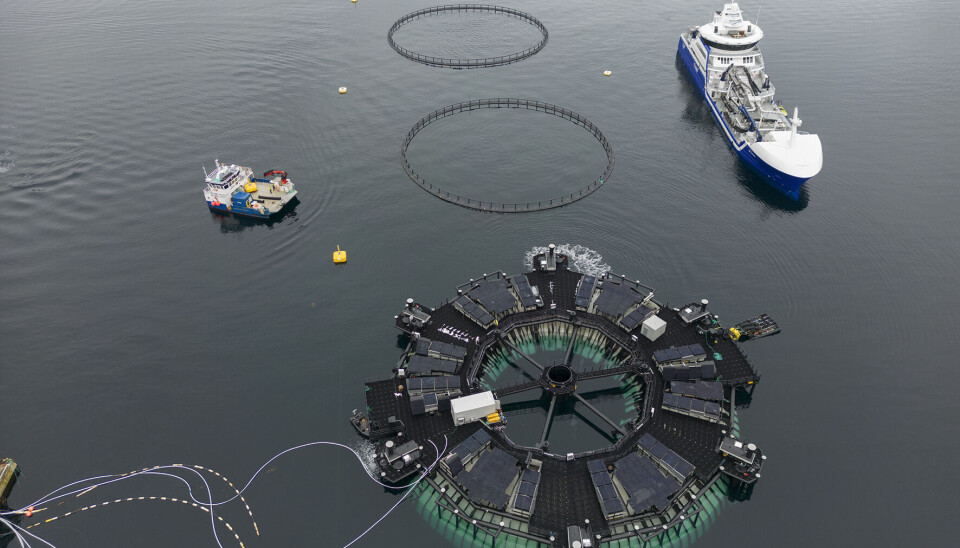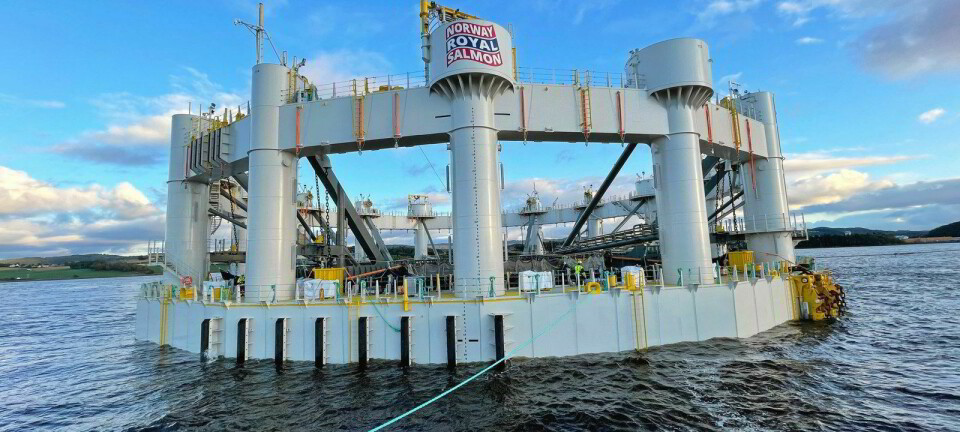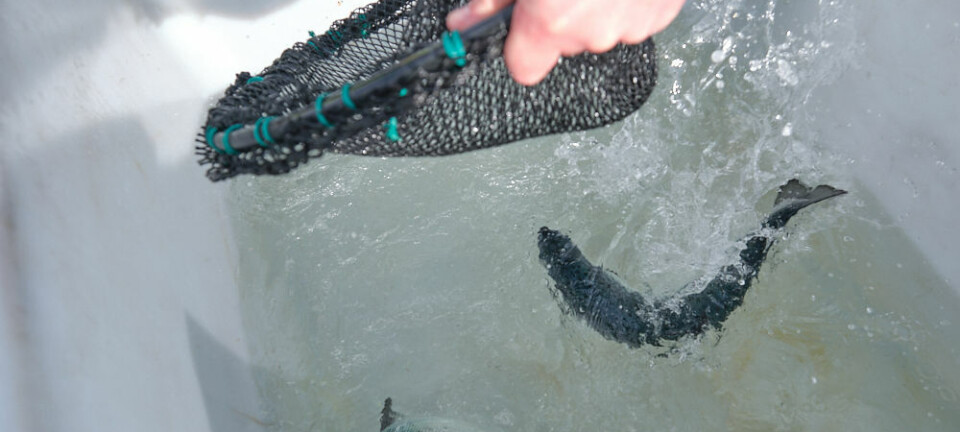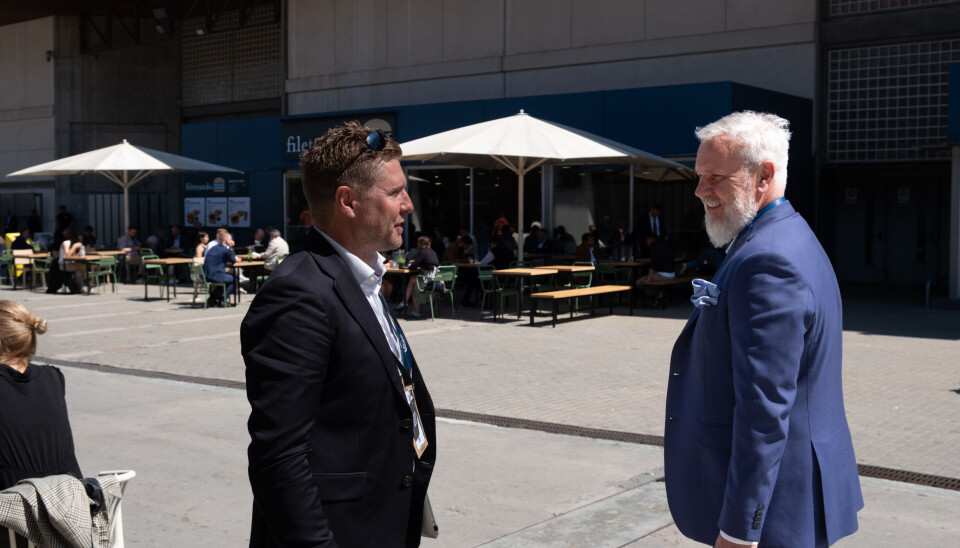
Marine Donut is ready for market
After several years of development and testing, the closed aquaculture facility from Norwegian company Bluegreen is ready for commercial rollout, following some structural reinforcements.
Bluegreen chief executive Nils-Johan Tufte of Bluegreen is clear that the product delivers.
"We don't have hypotheses anymore, we know it works," he tells Fish Farming Expert's Norwegian sister site, Kyst.no.
At Seafood Expo Global in Barcelona earlier this year, he used the opportunity to network and discuss the future of aquaculture technology. He says there is one thing in particular people want to know when they meet him.
"Of course it is: How is the Donut, and the fish in it?" he says with a smile.
No lice treatment
After a successful full-scale test in collaboration with the world's second-largest Atlantic salmon farmer, SalMar, the result is clear: low mortality, no lice treatment, and efficient operation, according to Tufte.
"We had a 0.8% mortality rate on the first stocking and no lice treatment. And the way we emptied the facility, with lifting and draining, was absolutely brilliant."
Test cycle number two has since started at SalMar's "Sekken" location, where 185,000 salmon weighing approximately 3 kilos were stocked in the first week of May. The plan is to harvest them at around 5-5.5 kg.
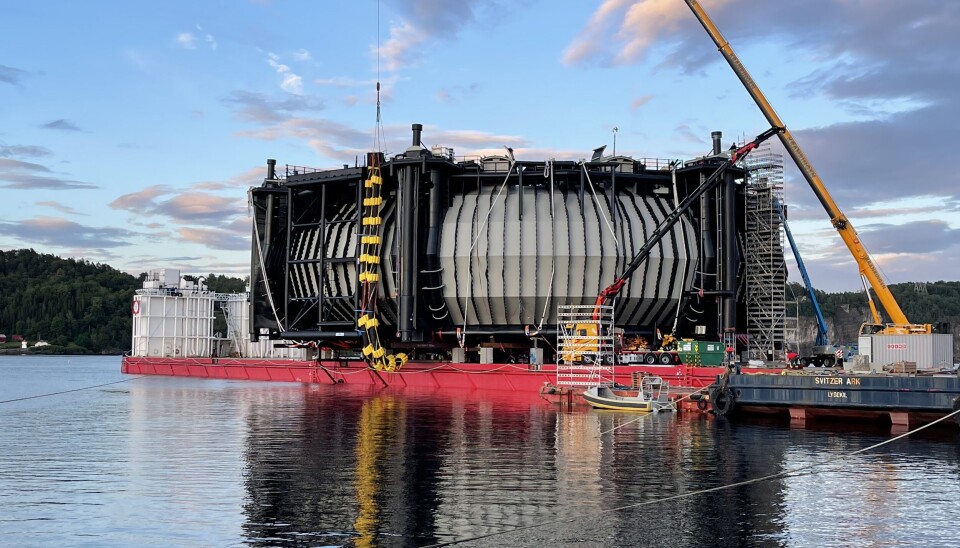
A closed solution for the future
The Marine Donut is a circular closed flow-through facility in the sea, with a volume of 22,000 cubic metres and a capacity of 1,100 tonnes of standing biomass. It is constructed of thermoplastic, has ultraviolet purification of intake water, and sludge collection, and is one of the few sea-based facilities that meets the requirements for moving fish between production zones.
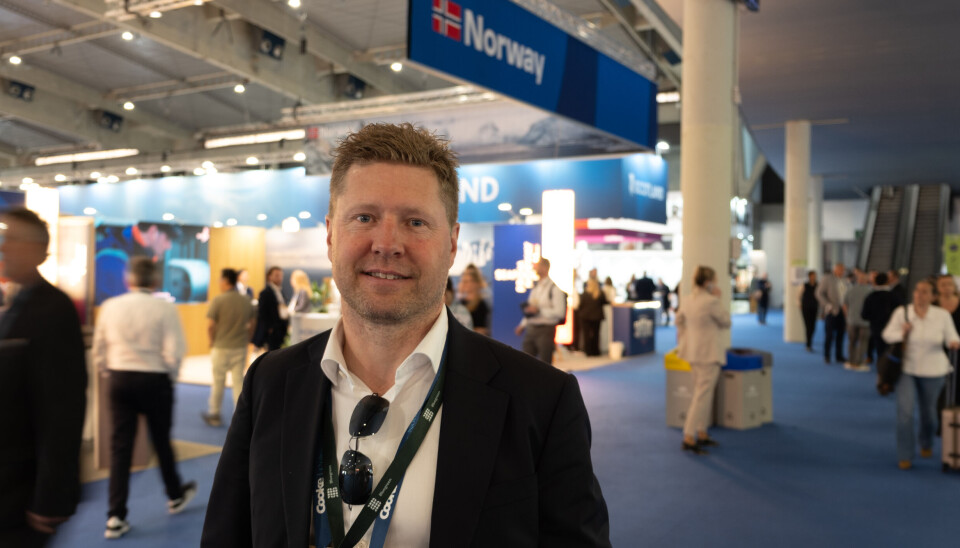
"We have built something completely unique. There is a 'river' inside the facility that sets the fish in motion, which reduces stress. The volume is fantastic, and the fish move very nicely. This is not only an environmentally friendly concept, but also economically sound," says Tufte.
The Marine Donut can be used for both post-smolt and food fish production, and Tufte believes the greatest economic potential lies in its flexibility.
"You can use the Donut for post-smolts, and then send the fish to open cages – or further into a new Donut. This provides more strategic opportunities for the farmers."
Hurdles and breakthroughs
The road ahead has not been without obstacles. According to Tufte, the biggest challenge has been a lack of expertise in thermoplastics as a construction material.
"There are very few people who have expertise in polyethylene as a construction material, including among the certification authorities and consultants. It is much easier to calculate steel and concrete than thermoplastics, especially with thermal expansions. We have built the largest and most complex structures ourselves, but there are few environments to rely on," he explains.
Nevertheless, industrialisation is now in full swing. The advantage of thermoplastics is that they can be welded and production can therefore be industrialised in a different way than many other materials, says Tufte. The company has also secured new production areas in the surrounding area to meet demand.
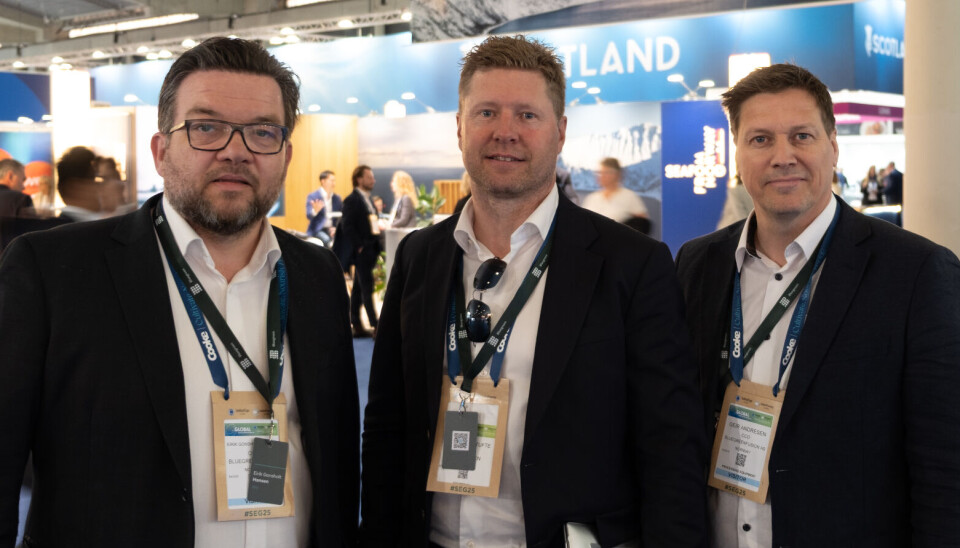
Needs political predictability
Bluegreen is also involved in the production of FishGlobe – another closed farming concept. Tufte does not see this as a conflict, but as a strength.
"The market is big enough for both. We work well together and are building three FishGlobes now – two for overseas and one for Nova Sea."
The road to this point has not been easy. Since its inception in 2020, Bluegreen has experienced major fluctuations. The first year the company had NOK 56 million in revenue, the second year NOK 172m, but then came the resource tax.
"Then there was real sand on the ice rink. Everything came to a halt, so we had to refocus on slightly different types of industries, such as carbon capture and district heating projects, while we completed the Donut," says Tufte.
A challenging time
It has been challenging to be a supplier to the aquaculture industry in Norway over the past five years, and many have gone bankrupt. Bluegreen has been afraid that "the cow will die while the grass grows" due to a lack of framework conditions.
Uncertainty about future regulations for the industry has also caused many fish farmers to be reluctant to invest. Now Tufte hopes for political predictability.
"We need a transitional scheme, like the environmental flexibility scheme, and incentives to accelerate sales. The technology is ready, the fish have been delivered, and we have customers who are interested – but they don't dare to move forward until the framework conditions are in place."
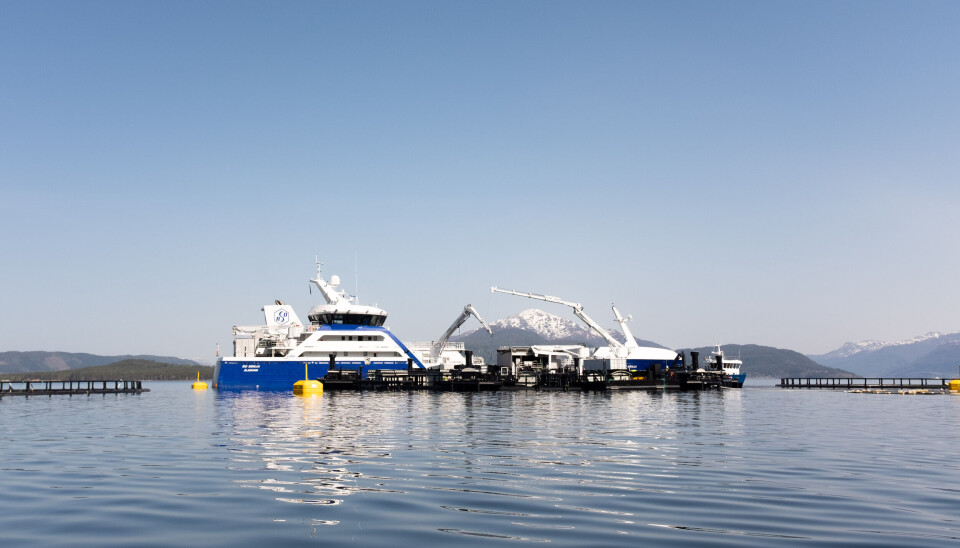
Looking to the future – and abroad
Now Tufte sees a brighter future. Bluegreen is in dialogue with several players, but so far it is SalMar that has tested the technology. Tufte now hopes that the development licences for the technology can be converted to permanent ones.
"It's going to be an adventure. Marine Donut is a 'proven technology'. Now we will build capacity and help the industry move forward - both in Norway and internationally."
The company has looked at both Canada and Scotland, but has no doubt that its main market will be in Norway. The boss also highlights the opportunities in artificial intelligence and data collection in closed facilities as the next step.
"With all the sensors and data capture we have in a closed system, everything is in place to use AI to further optimise operations. It's incredibly exciting – and this is where the future lies."
